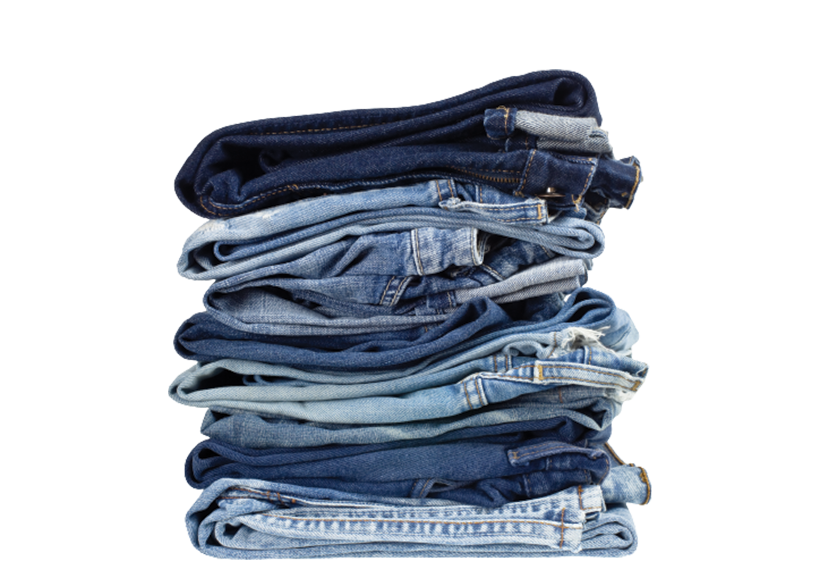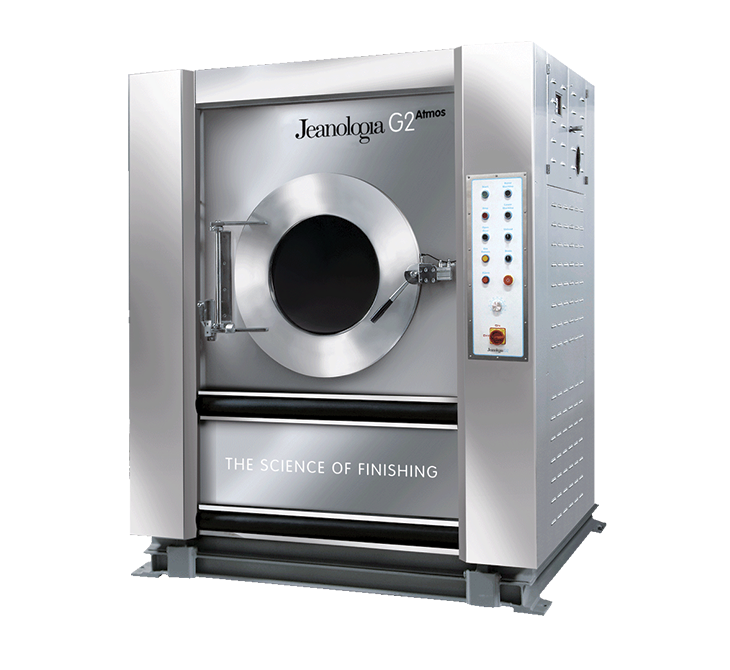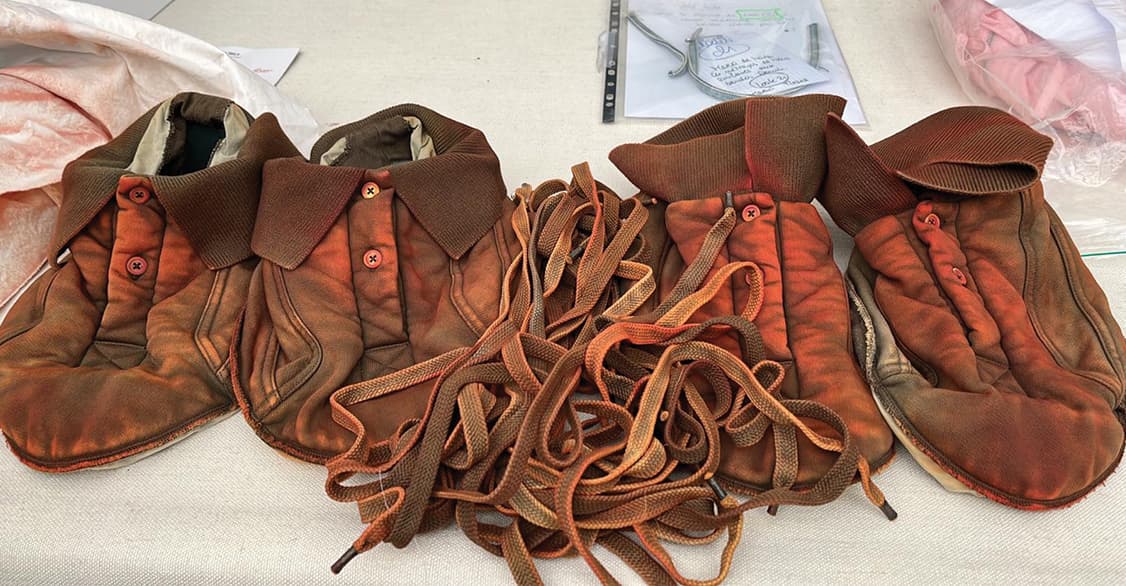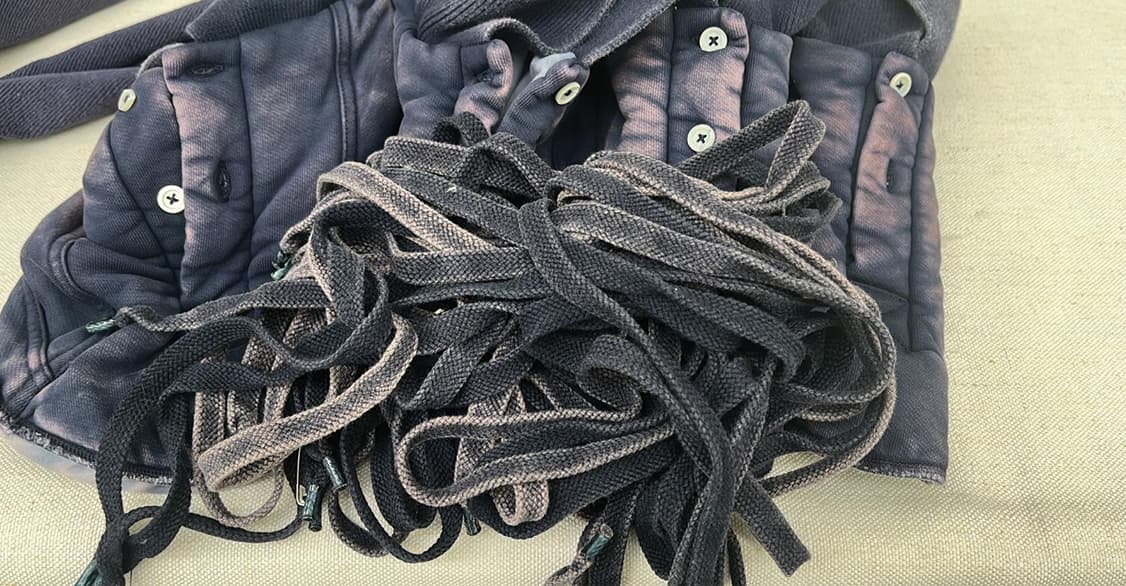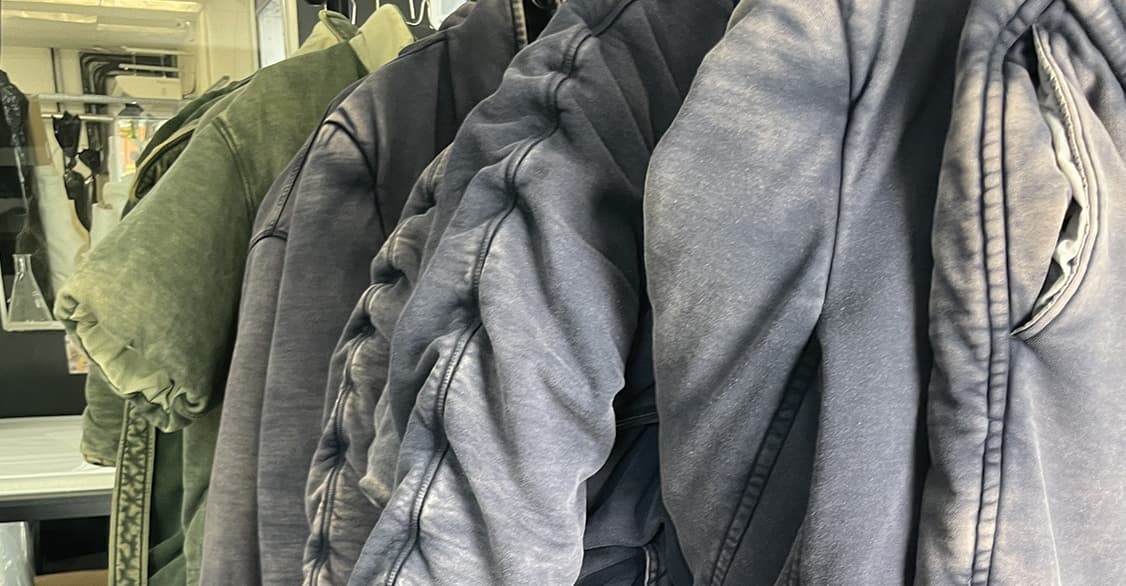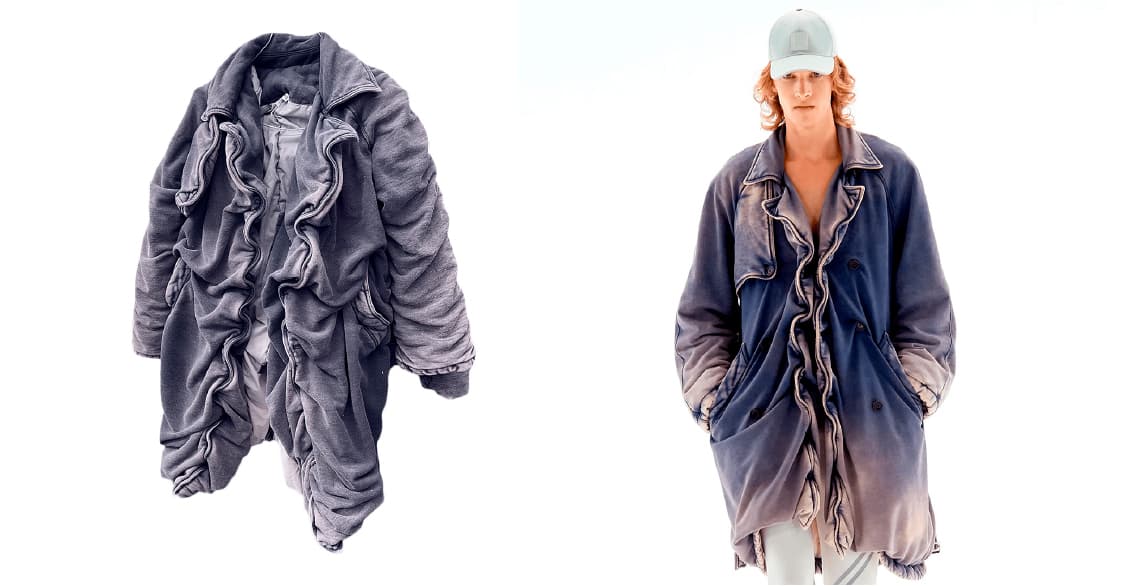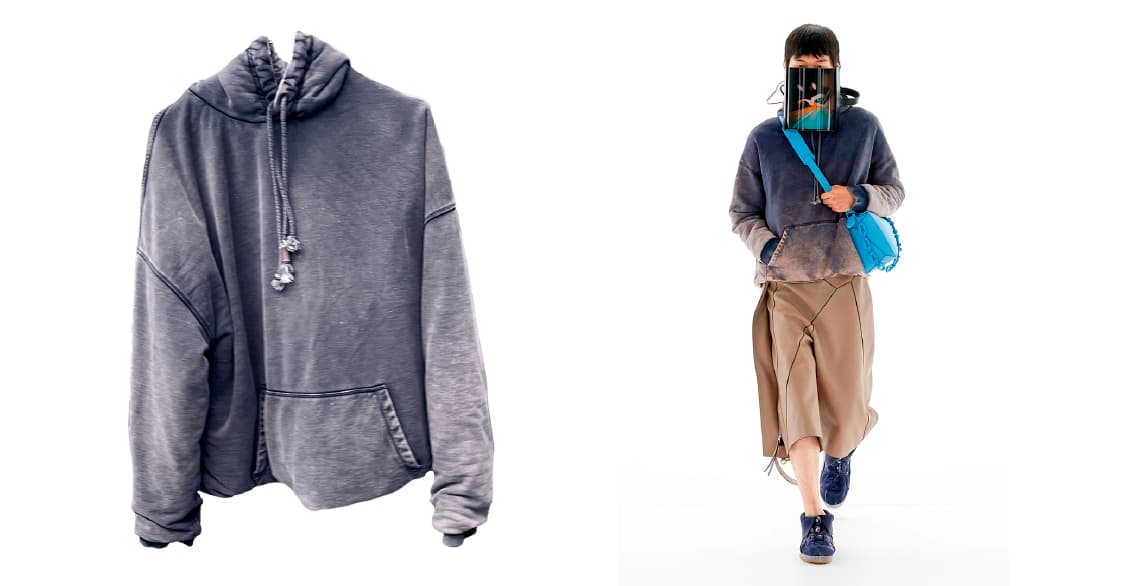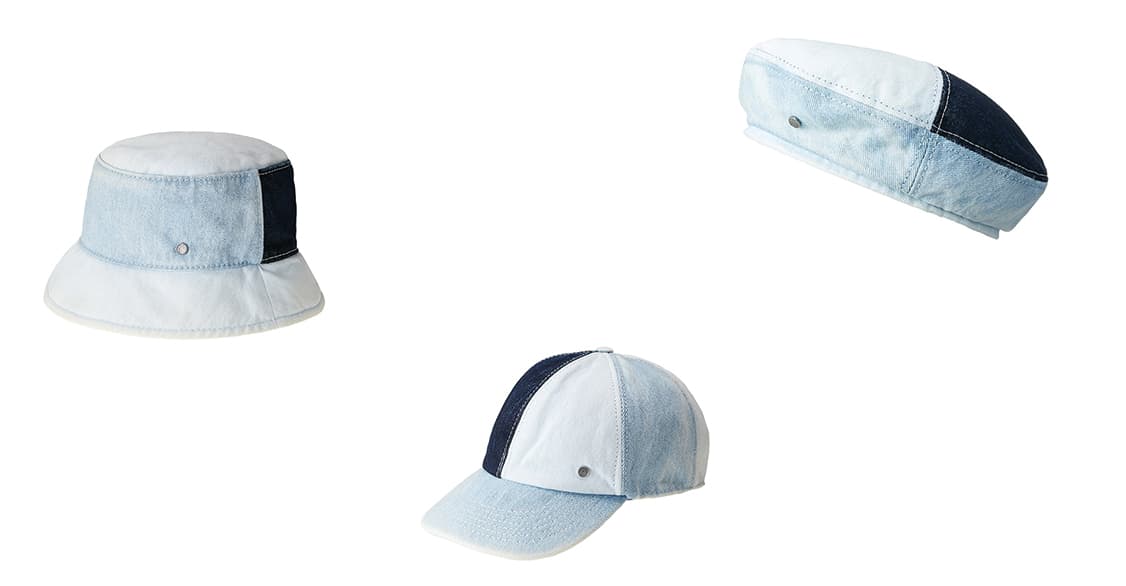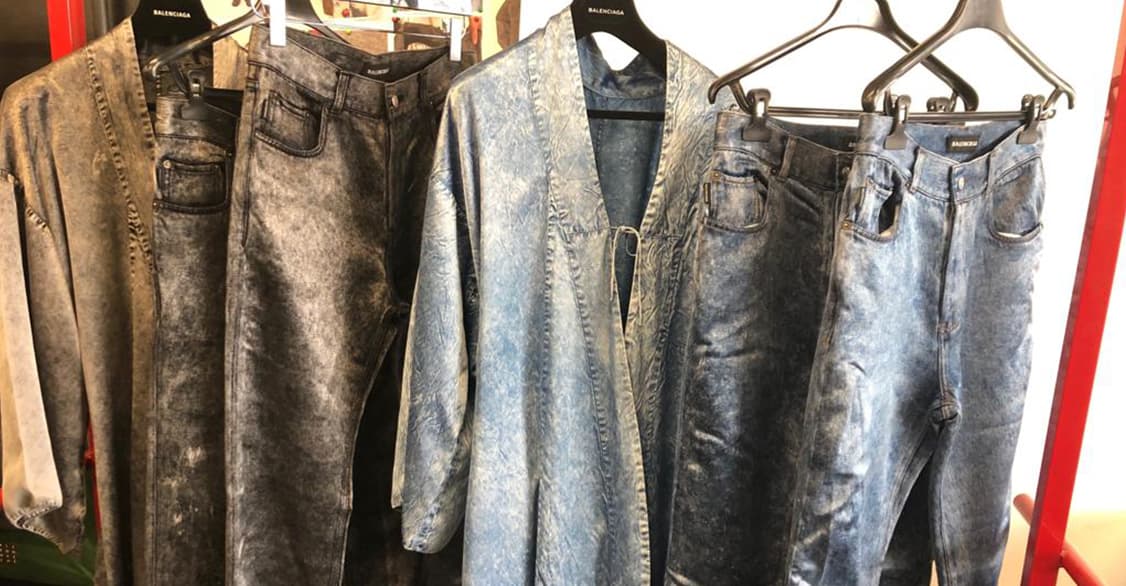Eco-friendly
Impact of denim
on the environment
One denim uses about 42 litres of water to finish it
Denim is one of the most polluting items of clothing. From the harvesting of the cotton to its marketing, a pair of jeans can travel nearly 65,000 kilometres. The different stages of production are so separate that it is sometimes difficult to trace the products. The distances travelled by jeans throughout their production process make their carbon footprint particularly high, making the denim industry a sector that emits greenhouse gases.
For its colouring, for the improvement of its texture as well as for its washing, denim must undergo a series of treatments and rinses which consume enormous quantities of water. These treatments are very often carried out with chemicals such as nitrates, arsenic and mothballs, which are responsible for soil, water and air pollution.
Ecological washing
with Ozone
Innovation in France and not delocalisation!
Ozone finishing for denim reduces environmental impact, costs and processing time.
This is because Ozone denim washing has a similar effect on colours as the sun’s rays. Ozone does not generate any pollution as, once released into the air, it becomes oxygen again.
It is a natural process that avoids the use of chemicals and eliminates a number of washing and rinsing cycles. This technique consumes much less water and produces unpolluted wastewater.
That’s why we invested in our new Jeanologia G2 Atmos machine, which allows us to dramatically reduce the use of water and chemicals, eliminating sanding stones to get the right colour faster, longer and at a lower cost.
While chemical bleaching or stonewashing requires six to seven washes and rinses, ozone finishing requires only two or three.
Always in a forward-thinking spirit, Les Teintures de France is looking for alternatives to water, chemicals and stones to achieve the faded look that consumers are looking for.
A zero reject process that saves water and energy, without the use of toxic chemicals.


